lets get 'weirder the better' straight
ken_adrian Adrian MI cold Z5
16 years ago
Related Stories
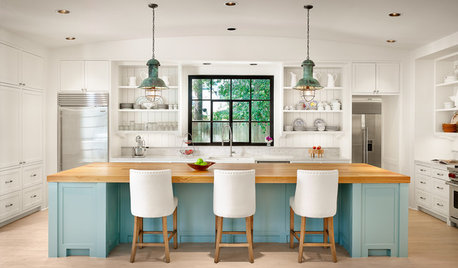
MOST POPULARHouzz TV: Let’s Go Island Hopping
Sit back and enjoy a little design daydreaming: 89 kitchen islands, with at least one for every style
Full Story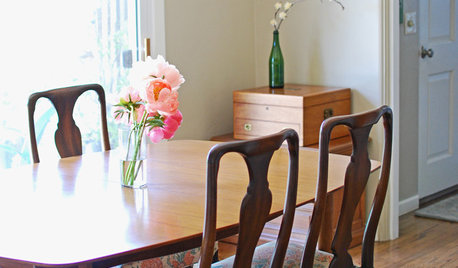
HOW TO PHOTOGRAPH YOUR HOUSETake Better Photographs of Your House in a Snap
Let your home show its true colors with these tips for photographing with the right camera settings, lighting and more
Full Story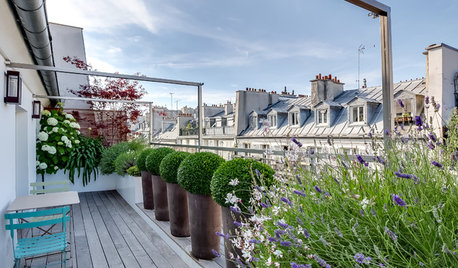
GARDENING AND LANDSCAPINGWorld of Design: 11 Balconies Straight Out of a Postcard
Pull up a chair and discover how people in Spain, Japan, Russia, Britain and elsewhere use and love their private lookouts
Full Story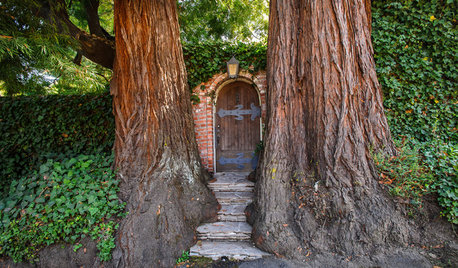
FUN HOUZZ14 Gardens Straight Out of Fairy Tales
Escape into landscapes that conjure the magical worlds of folklore and literature
Full Story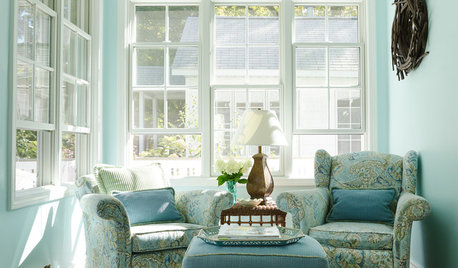
LIVING ROOMSNew This Week: 3 Sunrooms Straight Out of Our Dreams
Heated floors, comfy furniture and walls of windows make these recently uploaded sunrooms the places of our sun-drenched fantasies
Full Story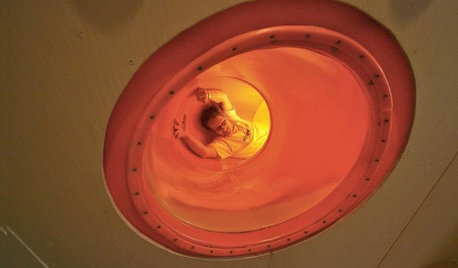
FUN HOUZZIndoor Slides Make Getting There All the Fun
Take a straight shot between floors or twist up your ride with a spiral. An indoor slide puts the playground right at your feet
Full Story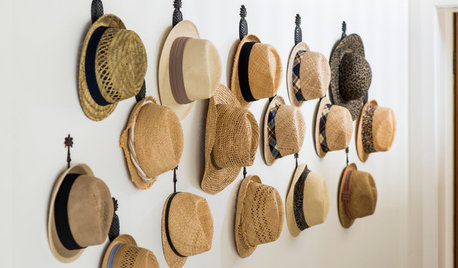
STORAGEHat Storage: Don’t Get Bent Out of Shape
From boxes to hooks, we look at ways to keep your lid on straight in time for summer hat season
Full Story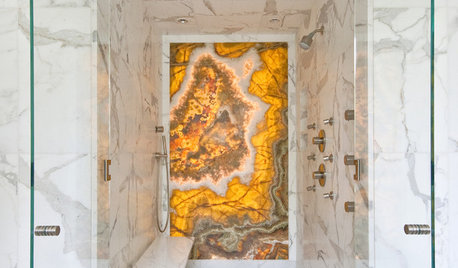
BATHROOM DESIGNHow to Build a Better Shower Curb
Work with your contractors and installers to ensure a safe, stylish curb that keeps the water where it belongs
Full Story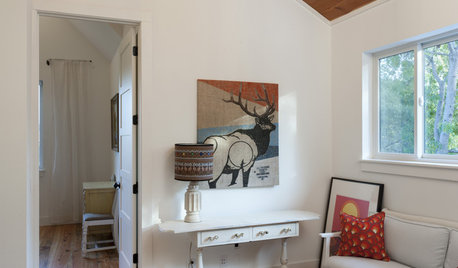
MOST POPULARThree Magic Words for a Clean Home and a Better Life
Not a natural tidying and organizing whiz? Take hope in one short phrase that can change your life forever
Full Story





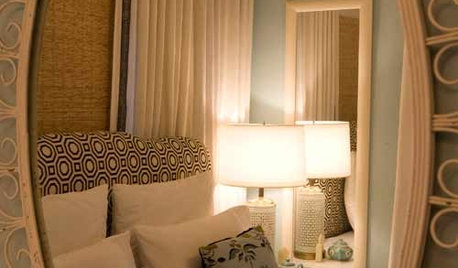

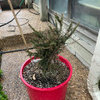


conifers
ken_adrian Adrian MI cold Z5Original Author
Related Professionals
Danbury Landscape Architects & Landscape Designers · Arlington Landscape Architects & Landscape Designers · Beavercreek Landscape Architects & Landscape Designers · Willowick Landscape Architects & Landscape Designers · Mount Wilson Landscape Architects & Landscape Designers · Billerica Landscape Contractors · Peabody Landscape Contractors · Allentown Landscape Contractors · Brockton Landscape Contractors · Farmington Landscape Contractors · Las Vegas Landscape Contractors · Lees Summit Landscape Contractors · Metairie Landscape Contractors · Palatine Landscape Contractors · Raytown Landscape Contractorsfredsbog
conifers
conifers
wisconsitom
treelover3
conifers